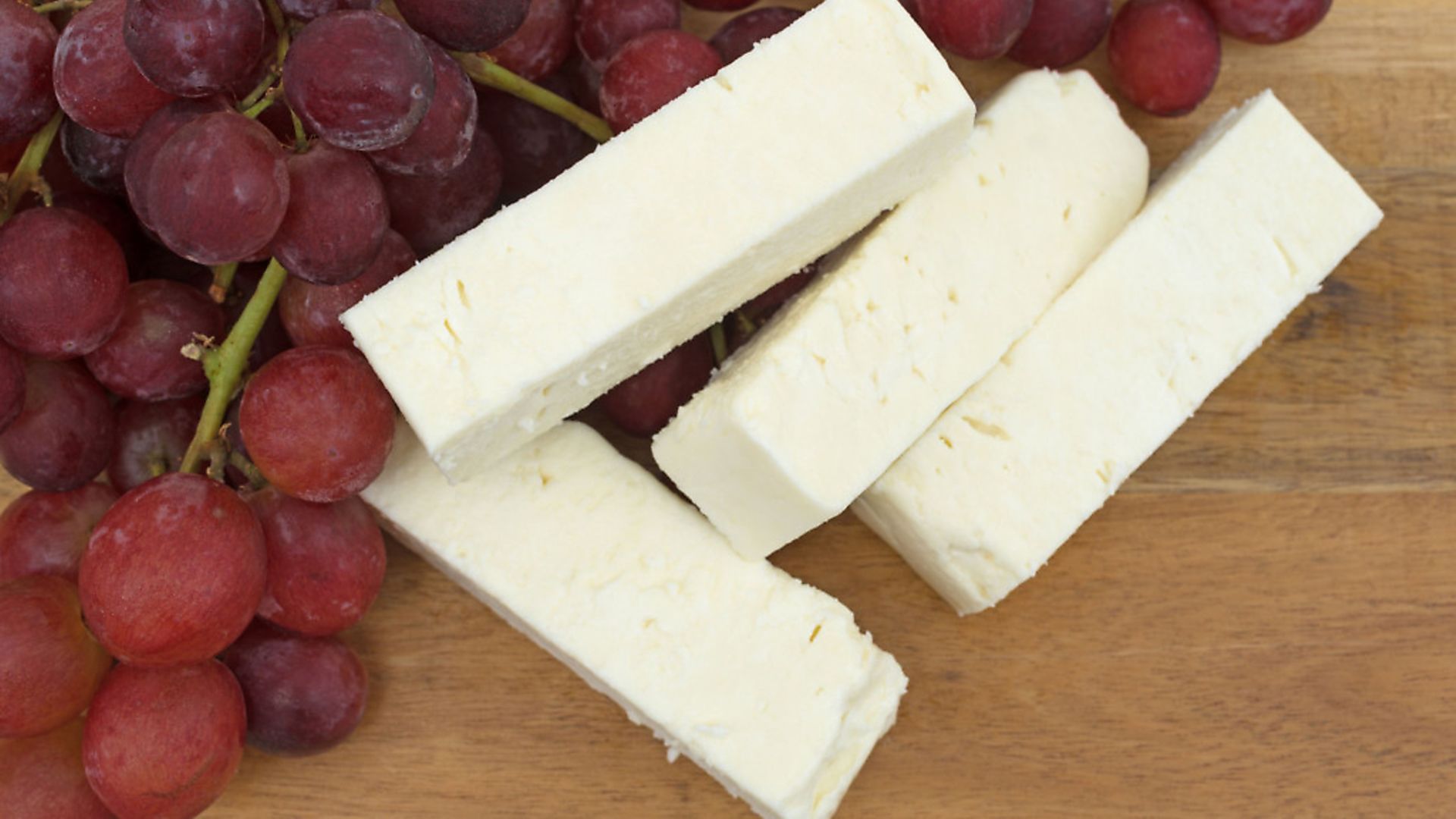
PETER TRUDGILL divides up the continent according to word different languages use to describe the smelly stuff
The distribution of words meaning ‘cheese’ in different European languages has an interesting geographical pattern. These words fall into four rather clearly separate zones.
In the northern zone, the North Germanic languages have a word for cheese which is related to Latin ius, ‘broth, sauce’, and English juice, perhaps originally reflecting a soft type of curdled milk product. Cheese is ost in Danish, Norwegian, and Swedish, and ostur in Icelandic and Faroese. This comes from ancient Germanic justaz, but the non-Germanic neighbours of the Scandinavians have also borrowed the word, with juusto in Finnish, juust in Estonian, and vuostá in Sami (Lappish).
The second zone lies in eastern Europe, where the Slavic language family’s word for cheese also suggests a simple kind of fermented milk product: Polish ser, Slovak syr, and Slovenian sir are related to English sour. The Slavic languages share this form with their neighbours, the Baltic languages: Lithuanian has suris, and Latvian siers.
In contrast, most of the continent’s westernmost languages have borrowed or inherited forms of the Latin word caseus, ‘cheese’. The widespread occurrence of derivatives of caseus in this third zone is thought by some historians to be related to the introduction into northern Europe of the practice of making solid cheese with rennet; and it was certainly part of a larger Mediterranean cultural package, arriving together with words for wine and oil. Versions of caseus turn up in the Celtic languages that lie on the western fringes of Europe – Welsh, Breton and Gaelic – as caws, keuz, and cais respectively. In the West Germanic languages, we find German Käse, Dutch kaas, Frisian tsiis, and English cheese, suggesting that caseus was probably borrowed into Germanic from Latin before the departure of the Anglo-Saxons for England. The most westerly Iberian Romance languages – Galician, Portuguese and Spanish – also have words derived from caseum: queixo, queijo and queso.
In this respect they differ markedly from their linguistic neighbour immediately to the east, Catalan, where the word for cheese is formatge. Catalan is located in a fourth, even more innovating zone which also includes – on the other side of the Pyrenees in southern France – the Occitan language, where the word for cheese is again formatge. Similarly, the French word is fromage (from mediaeval French formage); the Franco-Provencal (Arpitan) language of eastern France and western Switzerland has fourmazho; and the Corsican version is furmagliu. These words come from Late Latin formaticum, from formare ‘to form’, implying a technical innovation involving shaping cheeses using a mould. Italy straddles zones three and four: the Standard Italian word is formaggio, but cacio also occurs frequently; and the Sardinian word is casu.
The remaining languages of eastern and southern Europe do not fall into this zonal patterning of words for cheese. Albanian djathë is related to the classical Indian Sanskrit dadhi, ‘sour milk’. The Hungarian word is sajt, which was borrowed from Old Turkic, but may originally have come from Iranian. The modern Turkish word is peynir, which is certainly of Iranian origin. Maltese gobon comes from the same Semitic root as Arabic jubn and Aramaic gwbn, ‘cheese’. And Modern Greek tirí, Ancient Greek tyrós, probably descended from an Indo-European root tuhro-, from teuh-, ‘to be strong, swell’ which, rather remarkably, may also be the ultimate source of English thigh. The origins of our word butter lie in Ancient Greek boútyron, which is probably derived from Greek bous, ‘ox, cow’, plus tyrós, ‘cheese’.
Finally, the Romanian word for cheese is a bit of a mystery. Romanian does have the caseum-derived term cas for a particular type of cheese, but the most common and general modern word is branza, which seems most likely to have come from Latin brandea, ‘linen wrappings’. This is guesswork – but it’s intelligent guesswork, because this would be another example, like fromage, of cheese being named after the container in which it is made.











